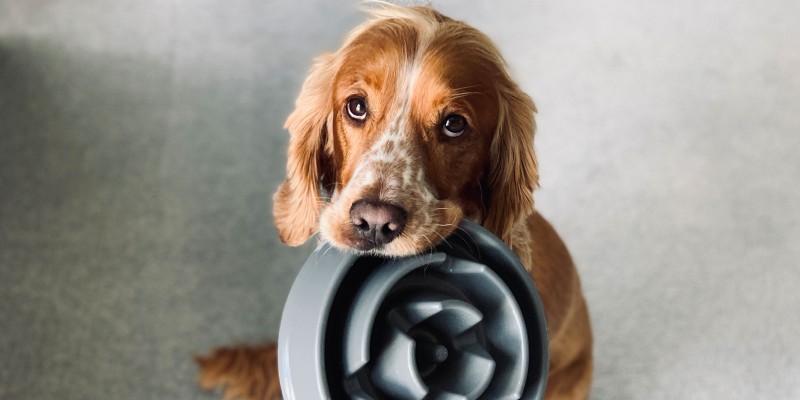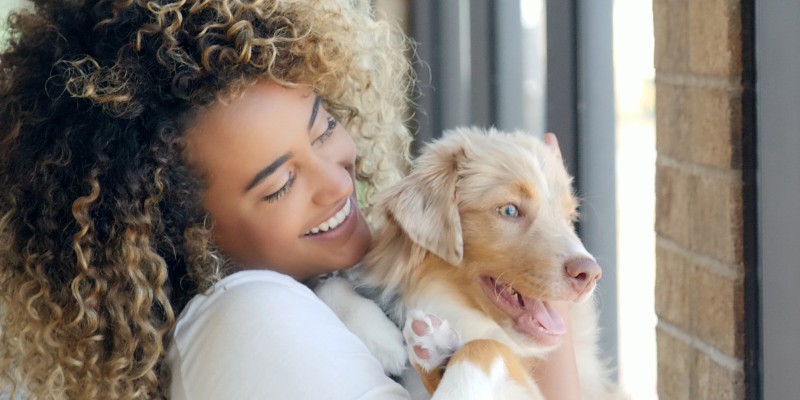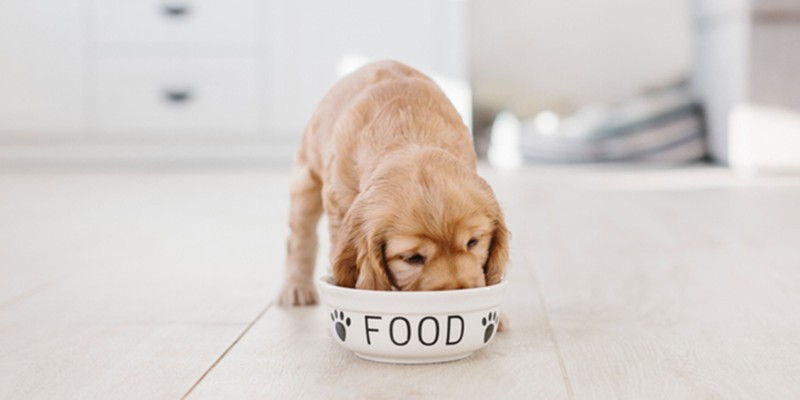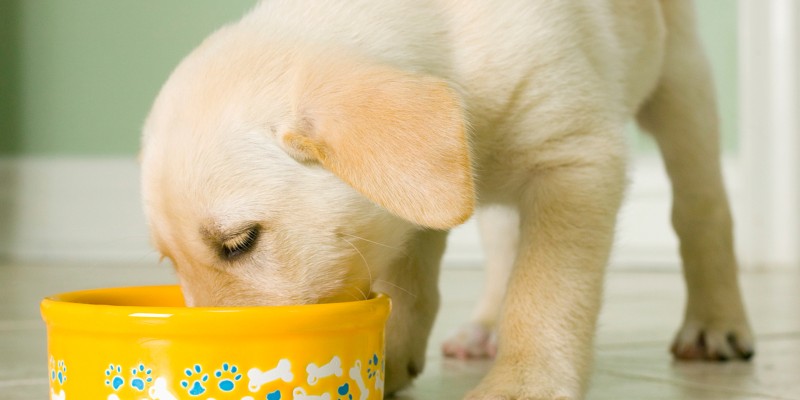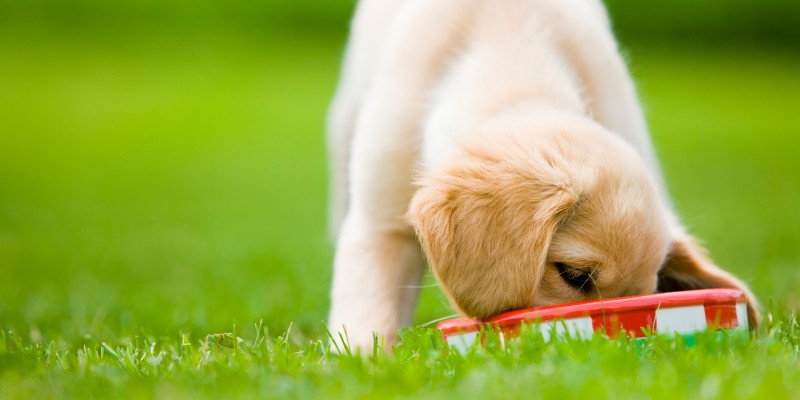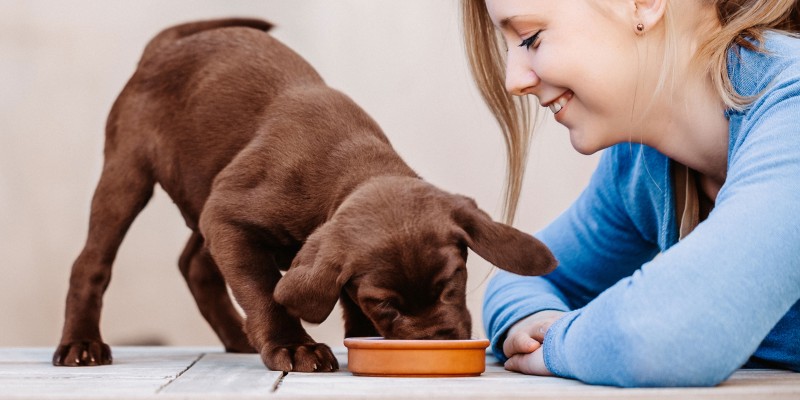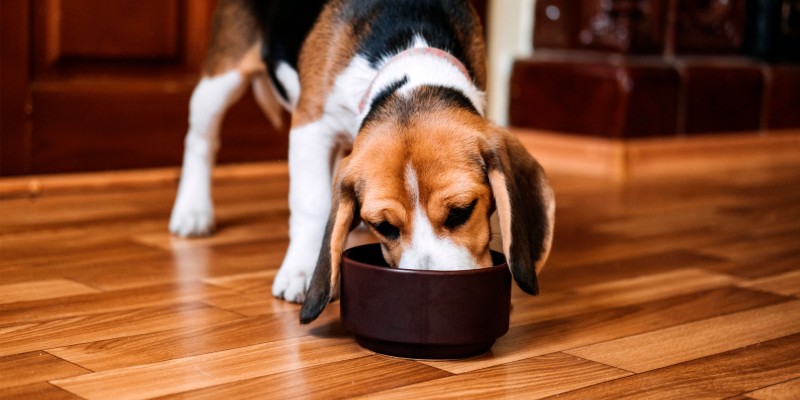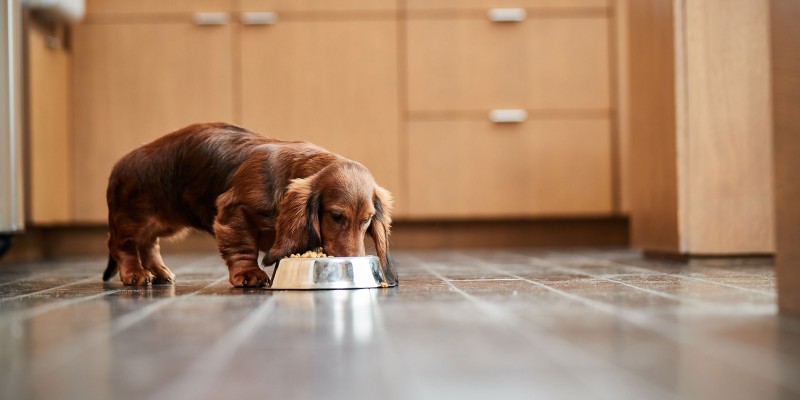Alimentación de cachorros
Es importante asegurarse de que un cachorro se alimente adecuadamente para satisfacer sus necesidades nutricionales específicas. Entendemos que alimentar a los cachorros puede ser un proceso complejo y confuso, por lo que ofrecemos una variedad de recursos para ayudarte a tomar decisiones fundamentadas sobre la dieta de tu mascota. Desde elegir el tipo correcto de comida hasta determinar el tamaño de las porciones, los consejos de nuestros expertos te guiarán en cada paso del camino. Consulta nuestros artículos para aprender sobre la alimentación de cachorros y comenzar a proporcionarles la nutrición que necesitan.

